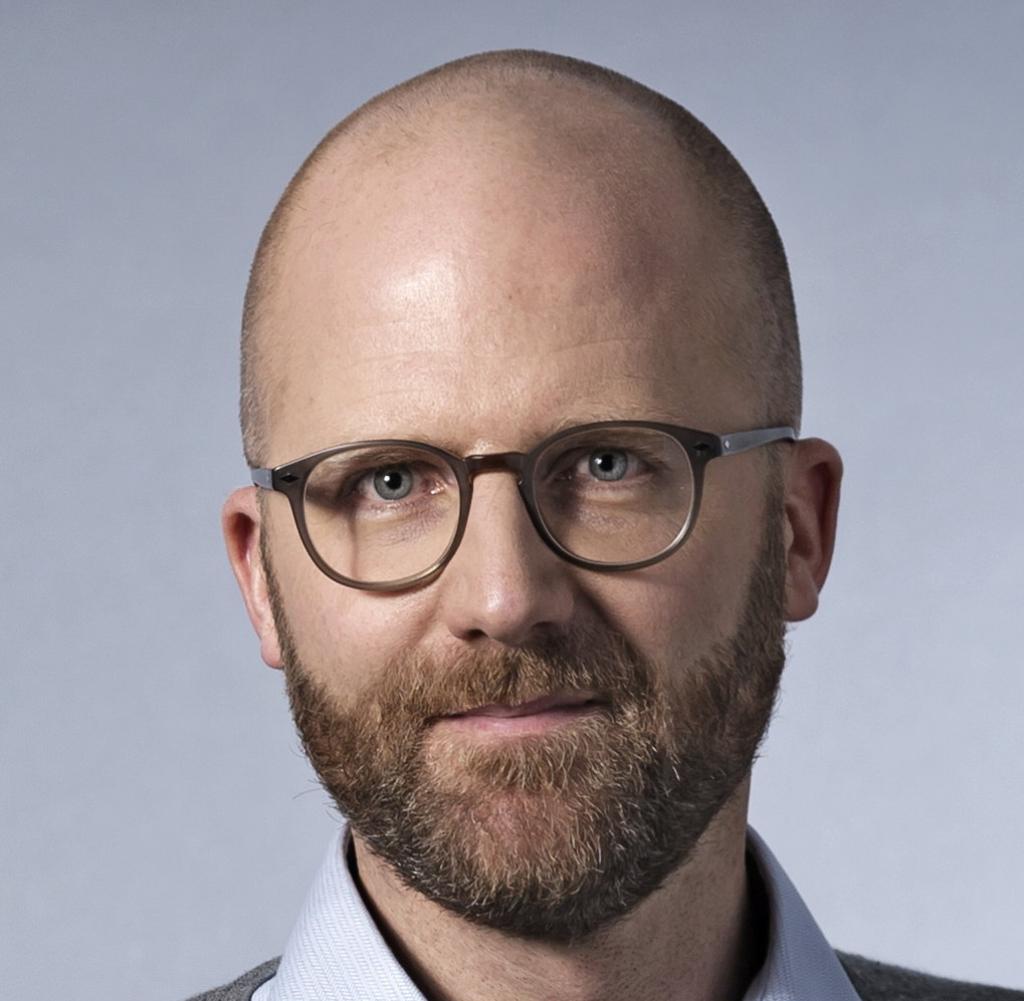The European Investment Bank (EIB) is continually expanding its business. In May, the board of directors of the EU development bank decided that manufacturers of helicopters and drones would have easier access to low-interest loans and guarantees. The regulations for so-called dual-use goods, i.e. products that can be used for both civilian and military purposes, have been relaxed.
According to countries like Poland and the Baltic states, this was just the beginning. The European Union’s development bank, based in Luxembourg, is to provide much greater support to small and medium-sized companies in the defense sector when it comes to investments. There is already talk of a new defense bank being set up. The focus of the EIB’s business is still on climate protection.
The urge for expansion is not met with unanimous approval. In a 35-page special report, the Federal Audit Office points out that as the size of the bank increases, the liability risks for the EU member states and thus ultimately for the taxpayers increase. From the Bonn authority’s point of view, the EIB can act too arbitrarily.
“The EIB’s supervisory and control framework is inadequate in view of Germany’s liability risks and EU banking standards,” says Court of Auditors President Kay Scheller. If the bank makes losses that it cannot cover from the paid-in capital and reserves, the EU member states would have to inject additional capital. The federal government must pay much more attention to these risks, warns Scheller. “The level of protection is too low.”
The EIB is considered the largest multilateral development bank in the world. Its balance sheet total of 550 billion euros is equivalent to that of Commerzbank. The subscribed capital from the budgets of the EU member states has increased to 249 billion euros in recent years. Germany is responsible for loan defaults amounting to 46.7 billion euros. That is eight times more than in 1990. At that time, the maximum German liability amount was 5.5 billion euros.
According to the Federal Audit Office, it is not possible to quantify exactly how large the supervisory and control gap is. “An estimated three quarters of the EIB’s activities are beyond effective control by an independent institution,” says Scheller. Only the funding projects that are financed directly from the EU budget are audited by an external institution, namely the European Court of Auditors.
However, transactions that are directly secured by the capital subscribed by the member states are not audited. “This audit gap should be closed as quickly as possible,” demands the Federal Audit Office, also in order to increase transparency towards national parliaments and the public.
It is not the case that EIB employees can do whatever they want. However, an internal audit committee with six members set up by the EIB itself is responsible for monitoring the majority of the funds. The six members are appointed by the Board of Governors, which includes the finance ministers of the EU states. “There is no obligation to report to the European Parliament or the member state parliaments,” criticizes the Federal Audit Office in its report. In any case, the audit committee is only allowed to check whether the transactions are being carried out properly, but not whether the funds are being used effectively and economically.
Although there have been improvements in recent years, not least at the instigation of the Federal Ministry of Finance (BMF), the “internal review and evaluation process” set up to replace the lack of external control “falls far short of the EU banking standard,” the Court of Auditors’ officials continue to write.
As is usual in such reports, the statements of the criticized institutions obtained before publication are also included. The development bank stated that it did not consider changes to be necessary. It voluntarily applies the legal acts and guidelines applicable to commercial banks. As proof of its functioning risk management, the EIB stated that it had been “consistently profitable and had not recorded any losses” since its establishment in 1958.
The BMF pointed out that an important milestone had already been reached with the introduction of its own supervisory review and evaluation process three years ago. Nevertheless, it will work towards further improvements. This does not change the Court of Auditors’ criticism: It is not clear why the EU member states should accept a lower level of protection.
In one chapter of their report, the officials point to a specific project that, in their view, should not have been financed by the EIB – not because it is too risky, but because, in the Court of Auditors’ view, the development bank is simply not responsible for it: the construction of a new conference center for the EU Commission in Brussels. At the beginning of 2022, the EIB approved a loan of 120 million euros for this purpose.
This has nothing to do with the actual tasks. The EIB is the development bank of the EU member states. “However, it must not become the house bank of the EU institutions,” it says. Otherwise, the EIB will be able to use fewer and fewer of its limited resources for its actual tasks.




